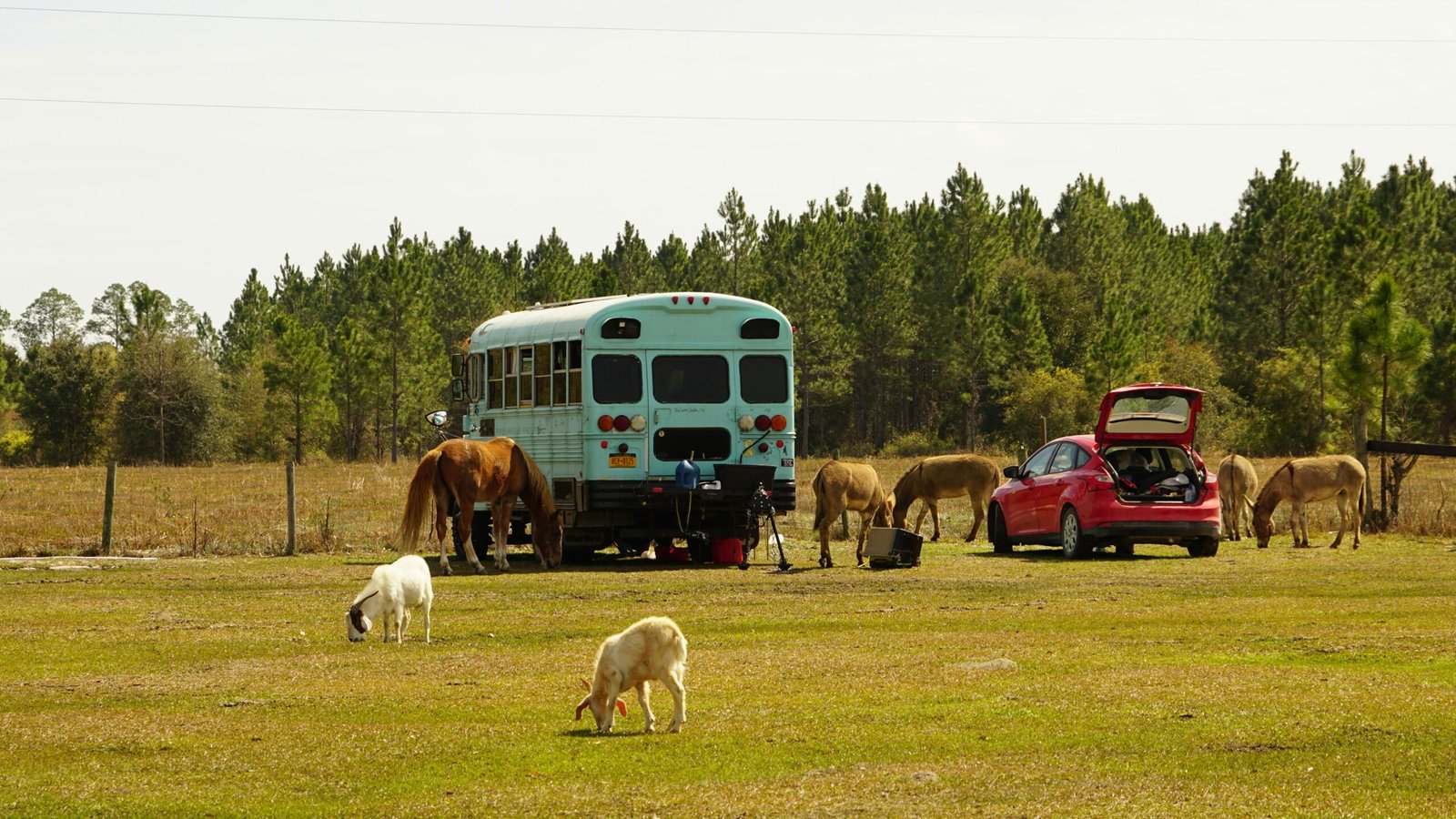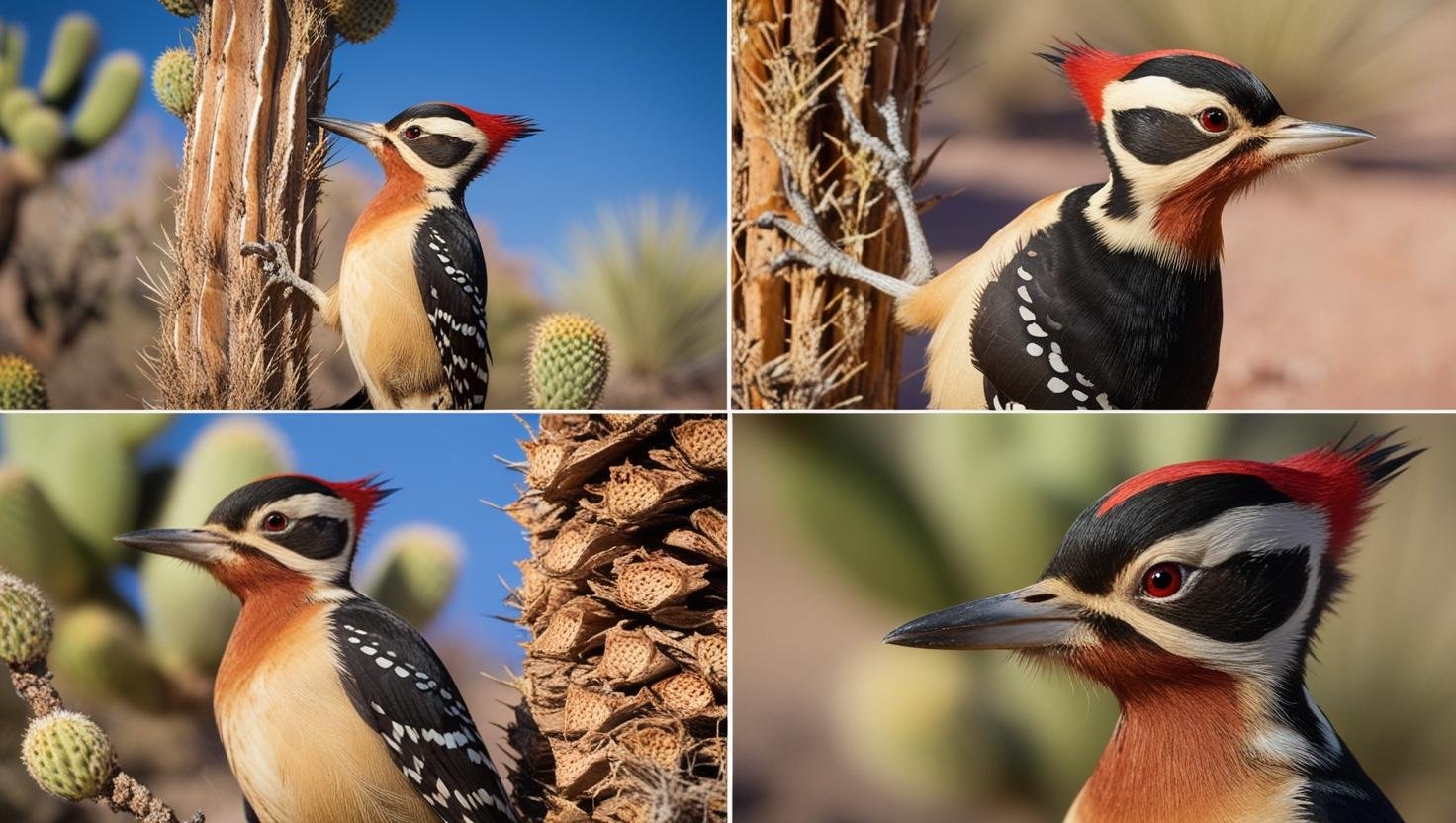March 6, 2025 – By Alex Magalhaes
Introduction to the Phainopepla
The Phainopepla, scientifically known as Phainopepla nitens, is a remarkable avian species that captivates birdwatchers and nature enthusiasts alike. This striking bird, endemic to the arid regions of the Southwestern United States and northern Mexico, displays a unique blend of beauty and adaptability. Characterized by its glossy black plumage and vibrant red eyes, the Phainopepla stands out against the sunbaked landscape. Adult males are particularly noted for their sheen, which not only serves as a visual cue for attracting mates but also plays a role in their social behaviors.
In terms of habitat, the Phainopepla thrives in areas rich with desert flora, often favoring sites dominated by mesquite trees and various shrubs. Its ability to navigate and prosper within such challenging environments marks it as a testament to evolutionary adaptation. These birds have developed specialized feeding habits that allow them to survive in harsh climates. Primarily frugivorous, or fruit-eating, they depend heavily on the berries of the desert mistletoe, which serve as a fundamental food source that fuels their energy needs in arid conditions. Furthermore, they are known to forage in urban settings, showcasing their flexibility and resilience as a species.
The ecological role of the Phainopepla extends beyond mere aesthetic appreciation; it significantly contributes to the dispersal of seeds, thereby affecting plant community dynamics. As they move from one feeding area to another, they inadvertently propagate the very flora that sustains their habitat, fostering biodiversity within the ecosystem. Understanding the unique characteristics and environmental interactions of the Phainopepla allows for a broader appreciation of these desert dwellers and emphasizes their importance within the complex web of life in arid landscapes.
Habitat and Distribution
The Phainopepla, scientifically known as Phainopepla nitens, primarily thrives in arid environments, particularly in desert regions and scrublands. These distinctive birds demonstrate a strong preference for habitats that feature an abundance of mistletoe, providing both food and shelter. Mistletoe not only serves as a crucial food source but also offers nesting sites, which are essential for the Phainopepla’s breeding process. The preference for this unique plant is a defining characteristic that significantly influences their habitat selection and distribution patterns.
In terms of geographical distribution, the Phainopepla is commonly found across several states in the southwestern United States, including California, Arizona, New Mexico, and parts of Nevada. Their presence typically corresponds to warmer climates, reflecting their adaptation to hot, dry conditions. Although they are primarily located in these states, sightings have also been reported in regions that provide similar environmental conditions, extending their range slightly beyond these core areas.
The Phainopepla exhibits remarkable resilience to harsh desert climates. They are well-adapted to temperature fluctuations, often enduring extreme heat during the day and cooler temperatures at night. This adaptability is crucial for survival, particularly in environments where resources can be scarce. To mitigate harsh weather conditions, Phainopeplas seek shelter in shrubs and small trees, which provide needed cover from predators and protection from the elements. This combination of specific habitat preferences and geographical distribution underscores the Phainopepla’s unique role in desert ecosystems and its reliance on both the availability of mistletoe and suitable shelter for its survival.
Diet and Feeding Habits
The Phainopepla, a striking bird known for its glossy black plumage, exhibits a unique and specialized diet primarily centered around berries, with a particular preference for those produced by the mistletoe plant. This dietary choice not only characterizes the Phainopepla but also plays a critical role in its ecological niche. By consuming the berries of mistletoe, these birds inadvertently contribute to the dispersal of seeds, facilitating the propagation of this parasitic plant, which is integral to certain desert ecosystems.
The Phainopepla’s feeding habits are finely tuned to the seasons and the availability of food sources. During the winter months, when berries become scarcer, these birds exhibit remarkable adaptability. They may shift their foraging strategies, seeking out various other berry-producing plants or even insects when necessary. This versatility enables them to thrive in the arid environments they inhabit, showcasing their resilience in the face of seasonal fluctuations.
Behavior and Breeding
The Phainopepla, a striking black bird adorned with a distinctive crest, exhibits intriguing social behaviors and complex vocalizations, which serve multiple purposes within their desert habitat. These birds are typically solitary or found in pairs, yet they may congregate in small groups, especially around food sources. Their social interactions are characterized by a variety of calls and songs, which play a critical role during mating seasons, leading to potential mates’ courtship rituals. Males utilize a range of vocalizations to attract females, often highlighting their fitness and suitability as partners.
The breeding season of the Phainopepla occurs predominantly in the spring and early summer. Males perform elaborate displays, showcasing their plumage and vocal abilities to entice females. Once pairs form, they collaborate to build nests, which are often situated in the dense foliage of shrubs or trees, protecting predators. These nests are typically constructed from twigs, plant fibers, and even spider silk, demonstrating their adaptability to the environment. Female Phainopeplas lay two to five eggs, which both parents incubate. This shared responsibility in parental care is vital, as it increases the likelihood of survival for their offspring in the harsh desert conditions.
Despite their fascinating adaptations, the Phainopepla faces several threats that jeopardize its populations. Habitat destruction due to urban development, agriculture, and climate change are significant concerns. These factors diminish their nesting sites and reduce the availability of essential food sources, like mistletoe. Consequently, conservation efforts to protect the Phainopepla’s natural habitat and address climate change are crucial. Organizations dedicated to wildlife conservation offer valuable resources and opportunities for individuals to contribute to efforts that safeguard this unique bird’s future, ensuring that its distinct behaviors and breeding strategies can continue to thrive in the desert ecosystem
Affiliate Disclosure: As an affiliate, I may earn a small commission from qualifying purchases through links in this article, at no additional cost to you.









